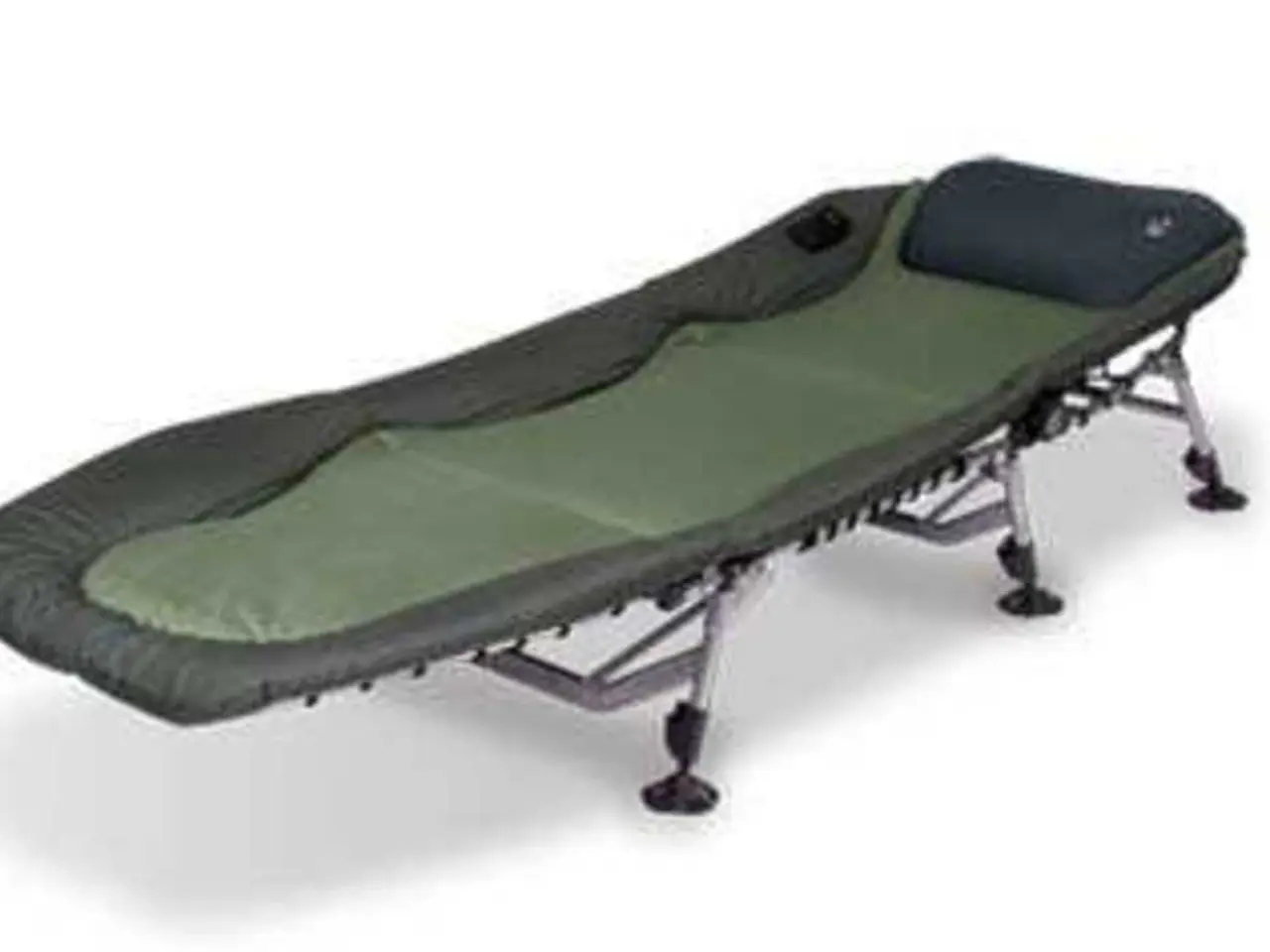Small but Significant: The Fibularis Tertius Muscle's Role in Human Evolution
Scientists are studying the fibularis tertius muscle, a small but significant muscle located on the front of the lower leg. This muscle, also known as the peroneus tertius, has intrigued researchers due to its potential role in human evolution and its unique characteristics among primates.
The fibularis tertius muscle is attached at the top to the lower third of the fibula bone and at the bottom to the metatarsal bone of the fifth toe. Its primary function is to move the toes towards the shin (dorsiflexion) and to move the foot away from the body's central plane (eversion). This muscle is rarely found in other primates, making it a fascinating subject for comparative anatomy studies.
Problems with the fibularis tertius muscle can lead to ankle and heel pain. Massage therapy, hot or cold compresses, and non-steroidal anti-inflammatory drugs (NSAIDs) like Ibuprofen are commonly used to alleviate these issues. The deep fibular nerve supplies the muscle with necessary nervous system functions.
Researchers believe the development of the fibularis tertius muscle played a role in the evolution of bipedalism. Its unique structure and function may have contributed to humans' ability to walk upright. However, the exact timeline of its emergence in primates remains uncertain.
The fibularis tertius muscle, despite its small size, has a significant impact on human movement and has captured the interest of scientists studying human evolution. Its potential role in reconstructive surgery further highlights its importance. While its origins in primates are still unclear, its unique characteristics and functions continue to be a subject of ongoing research.





